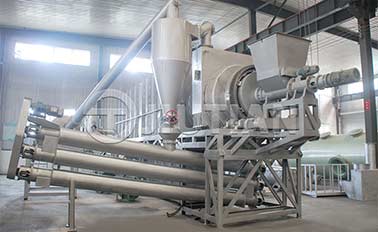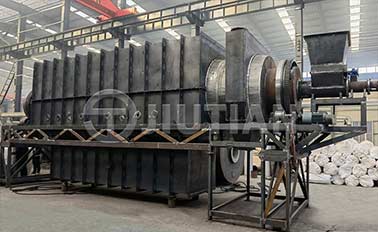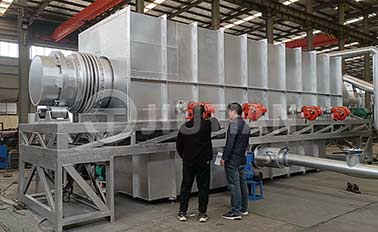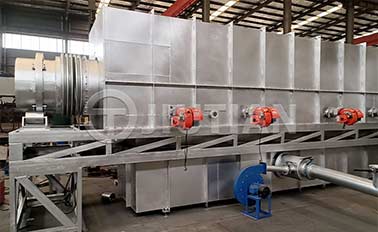High-quality raw materials are the key to preparing high-performance activated carbon. In theory, a variety of carbon-containing materials can be activated, such as wood, coconut shells, coal, fruit shells, etc. However, it must be clear that under the same activation process, the performance of activated carbon made from different raw materials is significantly different. So, which raw material is more suitable for producing activated carbon?

Research shows that the initial pore structure and ash content of the raw materials are the key factors affecting the adsorption performance of activated carbon. Raw materials with developed initial pores and low ash content are more likely to activate activated carbon with high specific surface area and high adsorption capacity. Experimental data show that the iodine adsorption value of coconut shell activated carbon is generally 1000-1200 mg/g, wood activated carbon (such as fir) is about 800-1000 mg/g, and coal-based activated carbon is 500-800 mg/g. Therefore, coconut shells and some hardwoods are often regarded as better raw materials for preparing high-performance activated carbon.
Wood raw materials are also divided into hardwood and softwood. Softwoods such as pine and fir have relatively loose structures and high lignin content; while fruit shells such as coconut shells, apricot shells, walnut shells, and hardwoods such as oak have denser and harder structures. Dense and hard raw materials can usually produce activated carbon with more developed micropores and higher strength, which is particularly suitable for applications that require high adsorption capacity and wear resistance.
In summary, in terms of the adsorption performance of activated carbon alone, coconut shells, nut shells (such as apricot kernels and peach kernels) and some hardwoods are the top raw materials, followed by high-quality coal and ordinary wood raw materials. But this is not the only answer, because the terminal applications are diverse, "the right one is the best." For example, in the fields of medicine, food, and high-end water treatment that require extremely high adsorption capacity and purity, coconut shell charcoal is the first choice, but its raw material cost is also the highest. For scenarios such as industrial wastewater treatment and preliminary gas purification, coal-based or wood-based activated carbon is already competent, and there is no need to pursue the highest-end products to increase costs.

Location:Indonesia
Project Progress:Put Into Production

Location:Vietnam
Project Progress:Put Into Production

Location:Kenya
Project Progress:Put Into Production

Location:Canada
Project Progress:Put Into Production